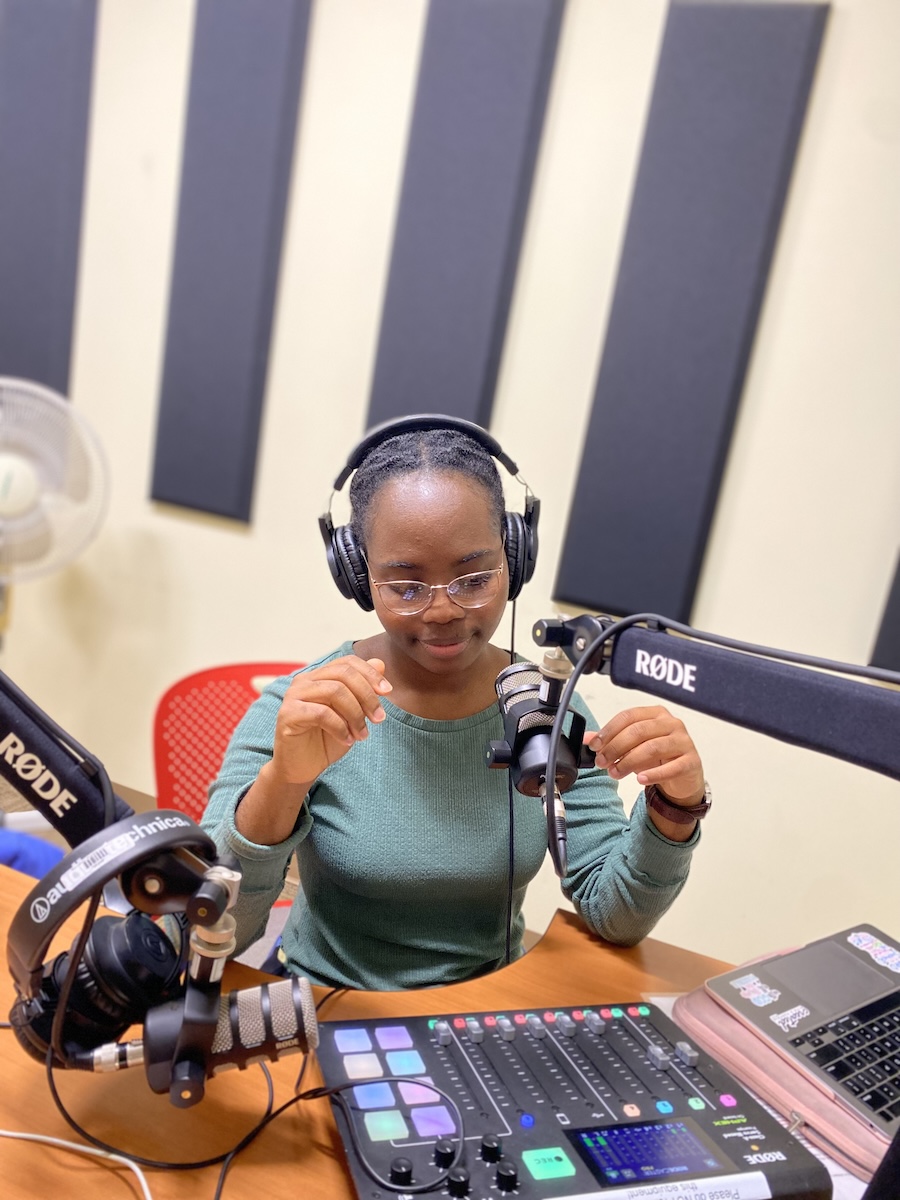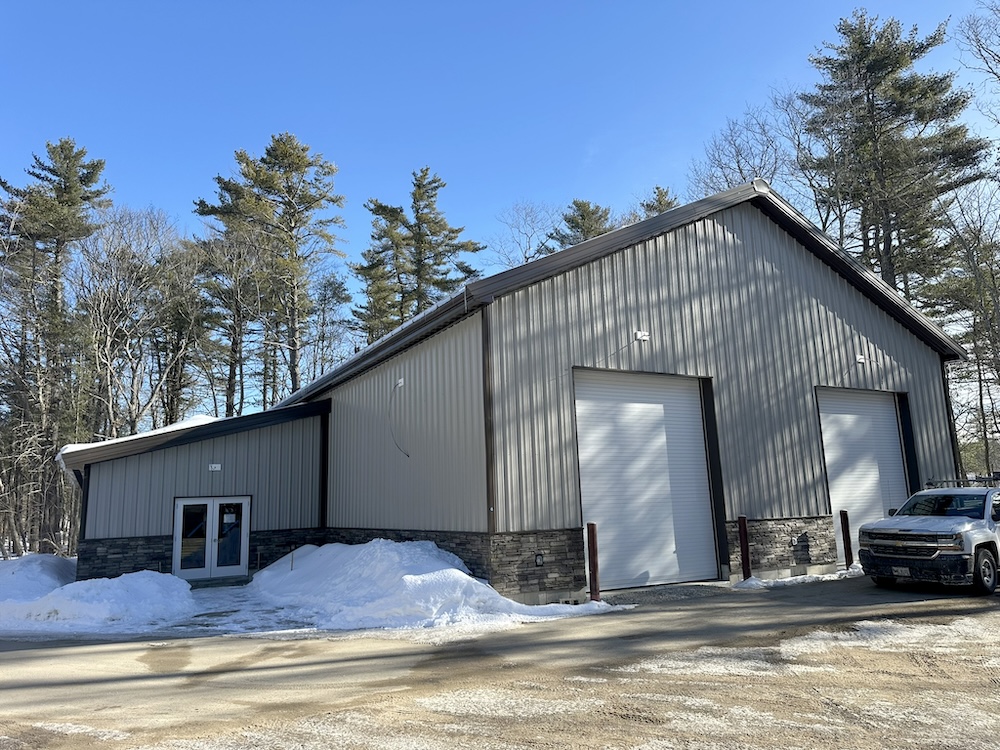Renovated Whittier Field Will Be Ready to Host First Home Football Game
By Rebecca GoldfineThe first phase of renovations to Whittier Field and Magee-Samuelson Track will be complete before September 23, the day Bowdoin's football team plays its first home gameof the season.
The initial $4.5 million stage has included replacing the grass field with artificial turf, and adding lights, seating, a press box, and an expanded eight-lane track, which is required to host championship meets. The renovation also includes a restoration of the original footprint of Hubbard Grandstand by removing bleachers that were added over the years.
"Phase one of the project will transform the practice and competition experience for student-athletes in our football, lacrosse, and track and field programs," said Tim Ryan, Bowdoin's Ashmead White Director of Athletics. "We hope our student-athletes and fans will enjoy the blend of a contemporary playing field and track with the uncovering of the historic Hubbard Grandstand, which includes a return to the original access points to the grandstand and the original colors of the columns and windows."
Whittier Field was built in 1896 in honor of Dr. Frank Nathaniel Whittier (Class of 1885), whose career at Bowdoin from 1886 to 1921 included working as a hygiene lecturer, Medical School of Maine professor, physical training director, and college physician. Hubbard Grandstand, a gift of Civil War General Thomas H. Hubbard (Class of 1857), was completed in 1904.
Bowdoin’s outdoor track was built in 1970 in honor of legendary track coach Jack Magee, who led the Polar Bears from 1913 until his retirement in 1955.The track was renamed the Magee-Samuelson Track in 2005 to honor 1984 Olympic marathon champion Joan Benoit Samuelson ’79, who captured the gold medal at the first women’s marathon at the 1984 Olympic games in Los Angeles.
This summer, the athletic complex — consisting of the field, the grandstand, and the Class of 1903 Memorial Gate — was listed on the National Register of Historic Places.
Plans for a second $3.5-million phase for the project call for the construction of a one-story building to house locker, training, and equipment rooms, and public restrooms. This phase of the project is expected to be complete by next fall. The support building will enable the football and men’s lacrosse teams to practice at Whittier Field, relieving stress on Farley Field House and Pickard fields and making these facilities more available during the fall and spring seasons. It will also free up locker room space at Watson Arena and Pickard Field House during season overlaps for more than half of Bowdoin's student-athletes.
The total cost of the project will be funded entirely through private donations. “We are grateful for the support of alumni, parents, and friends of the College for the first phase of the project,” Ryan said. “Without their generosity, the renovation of Whittier Field, Magee-Samuelson Track, and the Hubbard Grandstand would not have been possible.”
The College will continue fundraising through the 2017-2018 school year. Additional information on supporting the project is available from Scott Meiklejohn, senior vice president for development and alumni relations.



